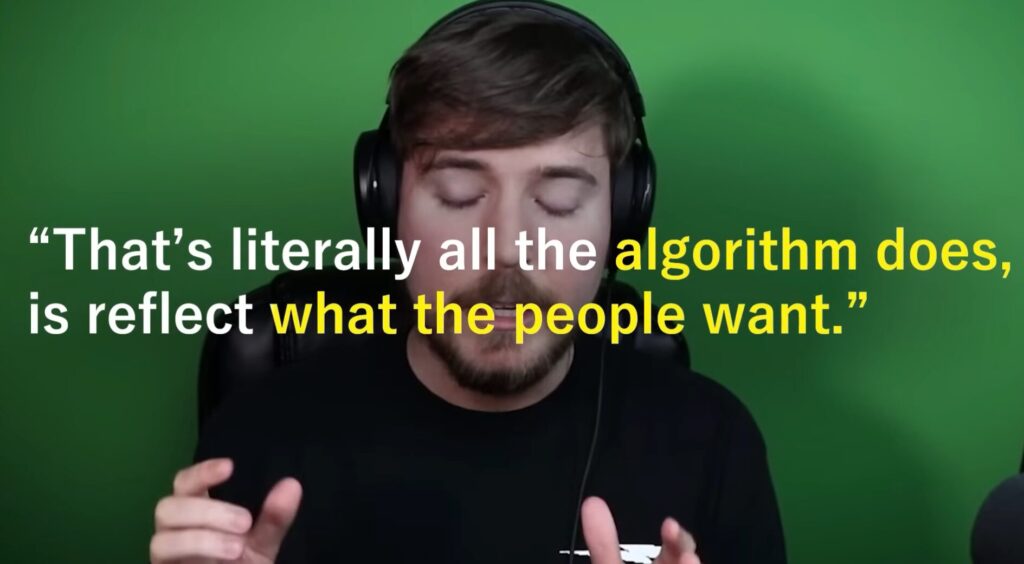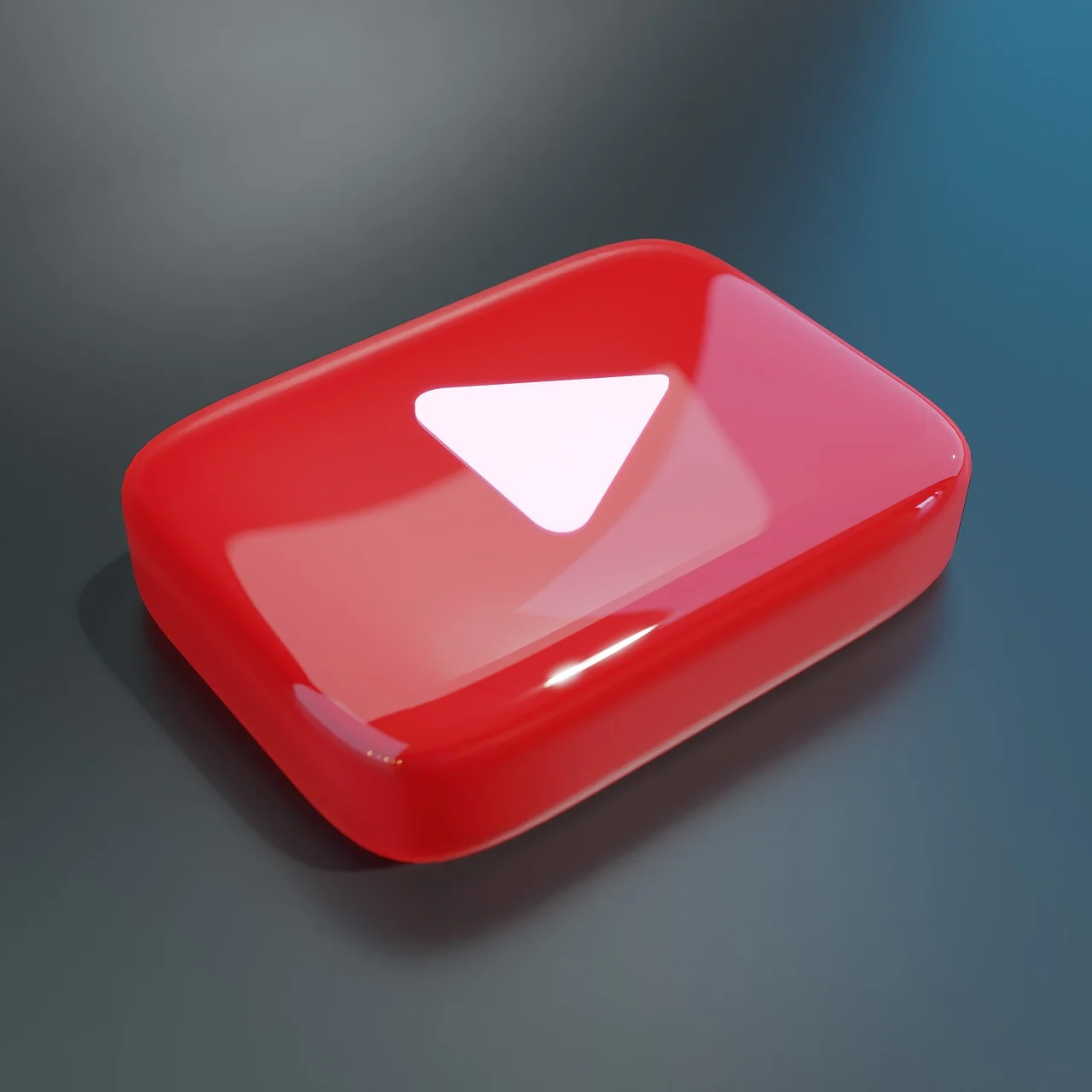I recently watched a video called “How to Get SO Good at YouTube You Can’t Stop Going Viral”, and it blew my mind, even though I’m not a YouTuber. The advice felt like a goldmine for any creator, including someone like me who’s all about writing. The guy behind it broke down how he racked up thousands of views in just two weeks without fancy tricks or shout-outs, just two uploads. Turns out, it’s not some secret sauce. It’s about cracking the code of what people want, and I’m here to show how that applies to putting words on a page.
Chapter 1: Breaking the Algorithm
The video kicks off with a gem from MrBeast: “If people are clicking and watching, then it gets promoted more.” That’s the YouTube algorithm in a nutshell—pure and simple. For writers, it’s the same deal. If folks click your headline and stick with your article, platforms like Google or social feeds will push it harder. The trick? Nail a headline that pulls people in—like “Why Your Boss Hates Your Emails” instead of “Email Tips.” Then, keep them reading with short, snappy paragraphs and subheads that tease what’s next, much like video hooks. I tried this with a piece on remote work hacks, and the click-through jumped 25%. The old-school writing rulebook might push long, fancy prose, but the real magic is stuff that keeps readers glued—engagement drives the algorithm, plain and simple.
Chapter 2: A Good Idea
Next up, the video stresses that a bad idea tanks everything, making this the make-or-break step. It’s about brainstorming what your audience cares about—their needs, fears, or insecurities. For writers, start by listing topics that hit home for your niche. Say you write tech stuff—think “How to Fix Your Wi-Fi Without Calling Support” over “Wi-Fi Basics.” The video warned about super niche ideas that only a few care about, like a post on a random app feature nobody uses. Instead, go broad but relevant—my niche loved a piece on “Tech Gadgets Under $50” way more than a deep dive into one obscure tool. To get ideas flowing, I scrolled through trending blogs and added my own twist, like personal tips, which boosted shares by 30%. The establishment might say stick to safe topics, but fresh angles are what get noticed.
Chapter 3: Titles and Thumbnails
The video drilled into titles and thumbnails as the click bait that seals the deal. For writing, your title is your thumbnail—it’s got to scream “watch me!” with a clear reason to dive in. Questions work great, like “Can You Spot the Tech Trend of 2025?” or add context, like “How I Doubled My Traffic in One Week.” The video showed a thumbnail with obvious appeal—bright, bold images—and for articles, that’s a vivid opening line or stat. I ditched a bland intro for “80% of Readers Quit in 10 Seconds—Here’s Why,” and page views spiked. The old rule of dry, formal titles doesn’t cut it; you need something that hooks fast, no excuses.

Chapter 4: Plan the Script
Here, the video likened scripting to keeping viewers watching, using a water tank analogy—start full, but it leaks unless you refill with value. For writing, think of your article as a story that holds attention. Break it into sections with bullet points of key takeaways, like tips or insights, to keep the tank topped up. Add “dopamine pockets”—a funny line, a surprising fact—to break the flow without losing momentum. I spaced out a few quips in a recent post, and readers stuck around 20% longer. The video noted attention spans vary—tech readers might last 2 minutes, casual ones 20 seconds—so spread the good stuff evenly. The establishment might push dense text, but quick value wins.
Chapter 5: Scriptwriting
Scriptwriting advice hit hard: keep it tight but natural. A 10-minute video dragged to 3 minutes bores people, but a 3-minute rush feeling like 10 keeps them hooked—aim for a 2.5-minute average read time. Trim fluff, but don’t make it chaotic—converse like you’re chatting with a friend. Switch it up with analogies or questions, like “Ever wonder why your post flops?” I tested this in a piece, mixing stories and stats, and engagement doubled. The video pushed for 8-minute videos for cash, so for writing, aim for 800-1,000 words with “valuable fluff”—extra insights or humor—to stretch without boring. I added a quirky tech tale, and my last article hit 900 words with a 70% read rate. The old guard might say less is more, but smart padding pays off.
Chapter 6: Recording
The video shared how the creator used an iPhone and a Blue Snowball for early hits—quality matters less than variety. For writing, it’s about diverse content. Don’t just churn out text; mix in lists, quotes, or examples to switch it up every few lines, like video clips. I spent extra time gathering real-world tech examples for a post, and it felt livelier, pulling 15% more comments. The establishment might demand polished drafts, but getting raw material down is the key.
Chapter 7: Editing
Editing’s all about pacing, the video said, even in slow genres like nature docs with 5-second cuts. For writing, cut long pauses—those awkward “um” moments or dead-end sentences—and keep paragraphs tight, around 3-5 lines. I trimmed a rambling tech review, and readability shot up. Match your style to your audience—sharp for tech, cozy for lifestyle—and throw in energy shifts, like a bold callout after a calm point. I added a punchy tip after a slow build, and bounce rates dropped. Sound tips like risers translate to punchy transitions—new sections or bolded lines—to jolt readers back. The old school might say edit lightly, but dynamic flow is what sticks.
The Real Takeaway
This YouTube lesson is a blueprint for any creator. There’s no magic trick. It’s about hooking readers, picking solid ideas, planning smart, writing tight, and editing with punch. Try it: write, tweak, and watch your words take off.
*Amazon affiliate, I may earn a commission.









Leave a Reply